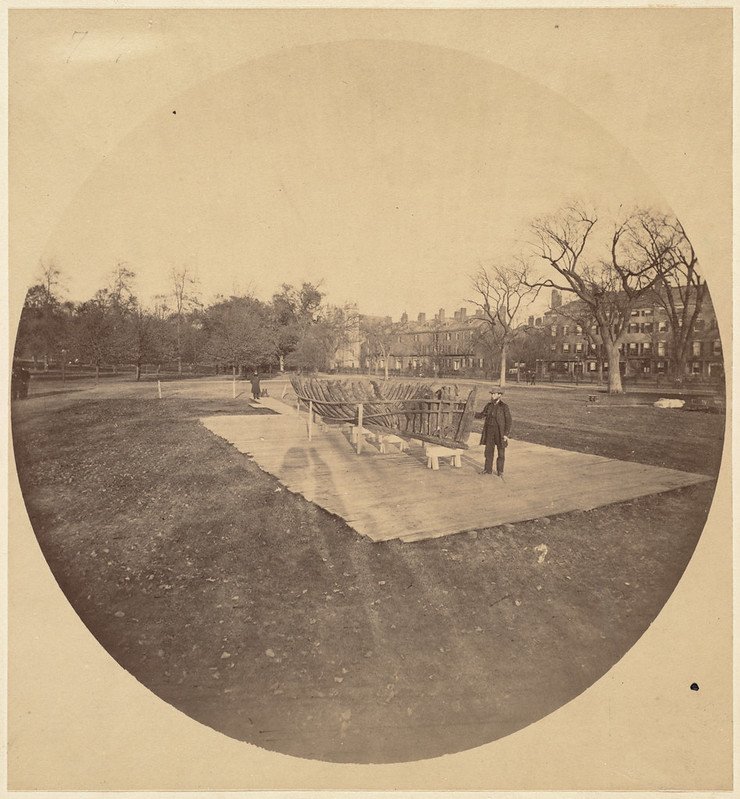Sparrow-Hawk findings
Long-time CCMM members and visitors may remember an early exhibit of the remains of a boat, about 40 feet long, believed to be the SPARROW-HAWK. The boat set sail from England to Virginia in 1626, but wrecked near present-day Orleans after six tumultuous weeks at sea. The Nauset Indians cared for the passengers for a number of days, until the residents of Plymouth Colony took them in. William Bradford, the colony’s governor, detailed the ill-fated voyage in his journal.
After a storm in 1863 uncovered the remains of a wooden vessel, the public seized on the idea that the boat was the SPARROW-HAWK, based largely on where it was found. In 1889, the 109 timbers, surprisingly well preserved, were donated to the Pilgrim Society, which operates the Pilgrim Hall Museum.
While generations of historians and archaeologists have examined the remains, there is now new, scientific evidence suggesting that they are, in fact, those of the SPARROW-HAWK. A multi-year, international study, which included Calvin Mires, a maritime archaeologist with the Woods Hole Oceanographic Institute, used cutting-edge techniques. One, called “wiggle-matching,” is a sophisticated form of radiocarbon analysis. Dendrochronology, or the study of tree-ring data, was also used. The study found that the wood used to build the boat was felled between 1556 and 1646 in southern England.
While no one can say with absolute certainty that the remains are those of the SPARROW-HAWK, Donna Curtin, executive director of the Pilgrim Hall Museum, is justifiably “over the top” about the news. The remains are currently in storage, but Pilgrim Hall plans to have the boat on display in 2026 for the 400th anniversary of its transatlantic voyage. (Image "Hulk of Pilgrim ship 'Sparrowhawk.' Exhibited on Boston Common in 1865" used by permission of Boston Public Library)

